
Demand-supply gap to uplift residential realty market
The anticipated demand is likely to exert an upward pressure on property prices especially in markets like NCR, Mumbai and Bangalore where the demand-supply gap is high.

The anticipated demand is likely to exert an upward pressure on property prices especially in markets like NCR, Mumbai and Bangalore where the demand-supply gap is high.
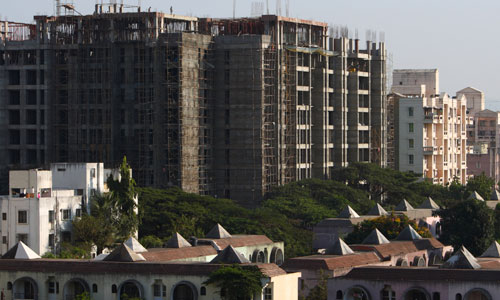
The year 2011 can best be described as a lackluster year for Indian real estate sector. There were several headwinds that prevented the sector from delivering to its full potential.

Through the course of 2010, the realty sector evened out into a level playing field, with enough traction in the market to hold investor interest, with several on-going projects being delivered and others being launched.
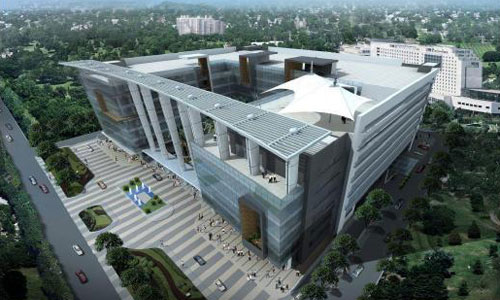
At a time when interest rates on home loans are hovering around 11-14 per cent, realty firm BPTP has joined hands with private sector lender HDFC to finance new purchases of houses at just 5.99 per cent for a limited period till December 31.
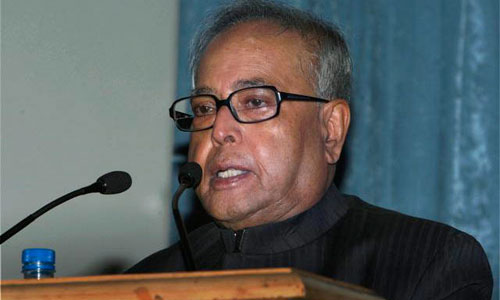
The draft Real Estate (Regulation and Development) Bill, 2011, aims at bringing reforms in the unorganised Indian real estate sector.
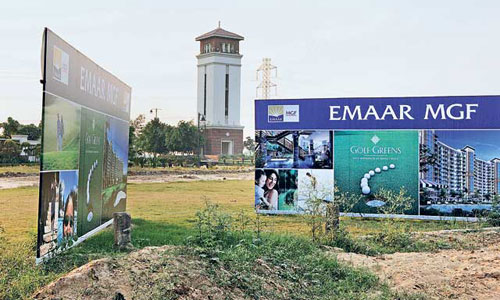
While 560-odd investors were duped by Emaar MGF, banks too were defrauded.
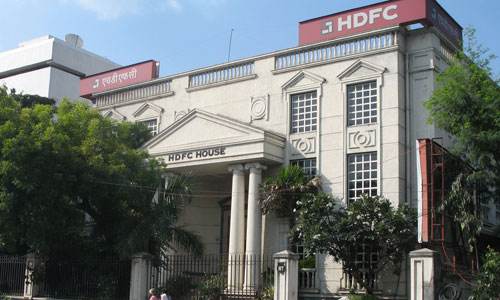
The Board of Directors of GRUH Finance Ltd. (GRUH) – a subsidiary of HDFC Ltd. – has approved the accounts for the half year ended September 30, 2011 at their meeting held in Mumbai on October 25, 2011.

If the current economic conditions have proved nothing else, they certainly prove that investment in Indian residential real estate is impossible to write off, ignore or find an alternative to.
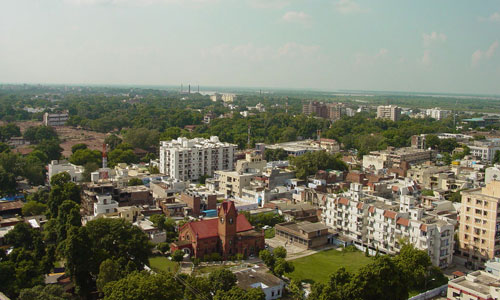
It may surprise to many, but the fact is that the housing finance sector has steadily and consistently been posting impressive growth, despite the numerous challenges in the sector.
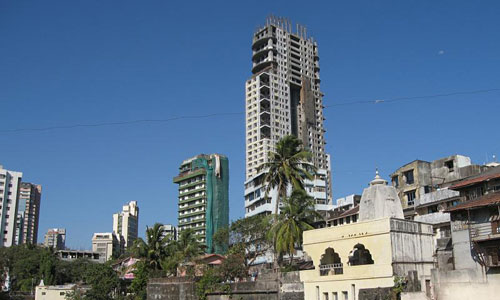
MCHI Property 2011 Exhibition concluded with a record footfall of 86,882 visitors.
